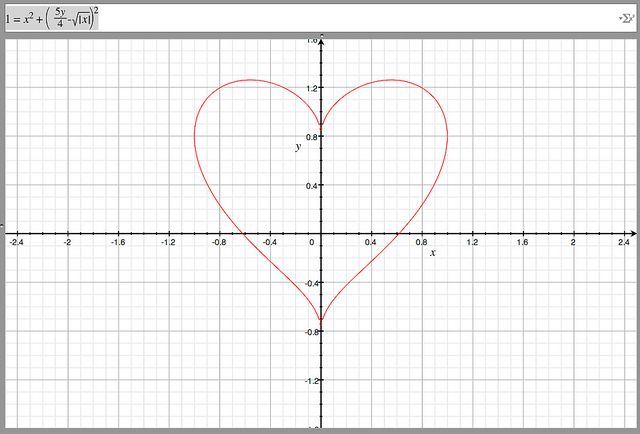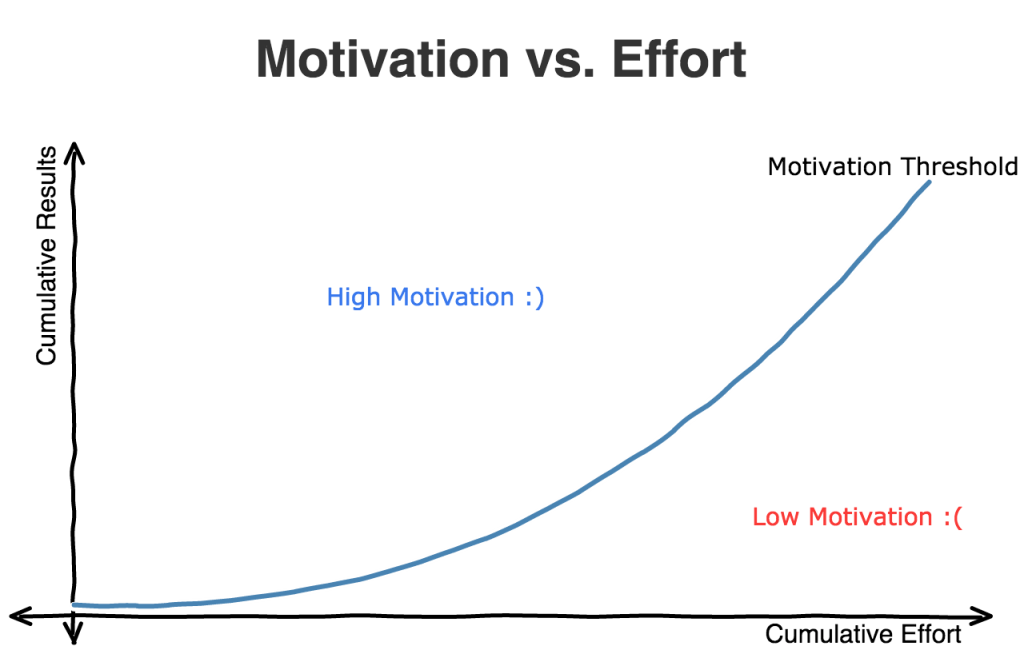When it comes to making progress–be it in fitness, startups, or pretty much anything–I have a strong focus on using the correct metrics in order to see consistent progress. It’s important to see your weight decrease from week-to-week as consistently and frequently as possible in order to build a positive feedback loop around fitness.
But your weekly weigh-ins doesn’t tell the whole story. In fact, the most important client victories occur when no weight was lost, but instead, the client didn’t gain weight or had another breakthrough. In fact, pushing yourself every single week in order to see a budge on the scale may backfire. Let’s take a look at why.
A Model of Fitness Input vs. Progress
There are an infinite amount of variables that determine your weight loss progress. The most important ones: your environment (the people who surround you, your job, and so on), genetics, exercise program, diet, and your level of effort. When these variables remain constant, your weight loss remains constant as well. Extending this one step further, individuals will reach an equilibrium weight when factors remain steady.
This is why an individual’s weight tends to stabilize at different points in their life. However, after a life event that changes these variables–going to college, a new job, a new girlfriend, etc.–they’ll see a change in weight patterns until it hits a new equilibrium.
In economics, you’d call this a “production function” that looks something like:
Q = f(physiology, environment, exercise program, diet program, effort)
Let’s take a look at some of the input variables. “Physiology” is a multiplier that accounts for things such as genetics, current lean body mass, insulin sensitivity, whether you are trained or untrained (e.g. untrained folks have a higher multiplier because they’ll see more progress early on) etc. This multiplier can increase or decrease over the span of weeks or months, but is unlikely to change too much on a weekly basis.
Exercise and diet program are also relatively constant week-to-week and interact with everything else. Some programs, may yield results only with high effort, whereas others may allow for lower levels of effort.
The two most important variables to examine are environment and effort, as they are the most likely to change week to week. Let’s say that you want to lose two pounds per week (Q=2). On a week where you have a consistent regimen in place, plenty of time and no stress at home or at work, let’s say that it arbitrarily takes 5 units of “effort.” However, if you are traveling and on vacation with the family, the level of effort may double to 10 units.
Effort is essence, is the only variable that you’ll have direct input into multiple times a day.
The Relationship Between Effort and Success
The most important thing to realize is that effort is also part of a related model. For a given time period, if you don’t see enough results for the effort that you put in, your motivation will suffer, potentially leading to burnout.
The graph above shows cumulative effort plotted against cumulative results. Everyone has a certain “threshold” of effort that they’re willing to put in until they give up because of lack of results. There are two important characteristics of this threshold:
- Your threshold isn’t linear, and that’s because we what economists call “diminishing marginal returns” from results. Given that we have a limited amount of resources like time, willpower, and money, each marginal amount of effort we put in becomes more difficult than the last.
- This threshold is constantly evolving based on where you are on your journey; someone who has only been dieting for a month will, of course, be willing to put in more effort in order to see results.
A better analogy may be to imagine a health meter, like in a video game. You deplete your health when you expend effort. By seeing results, however, the health meter generates. The main point is that if we need to double or triple effort in order to see the same results when our environment makes things difficult, we risk burning out and losing motivation. It would be far easier to wait for the storm to pass, so to speak.
Relating this Model to Real Life
Here’s what this model tells us: there are points during the month, year, and in our lives when we shouldn’t be focusing on making numerical progress, but rather, focus on preventing yourself from backtracking. Seeing negative results is one of the most demoralizing things of all, especially if you’ve been making steady progress. By preventing yourself from taking a step backwards, rather than expending an incredible amount of effort to move forward, you’ll be able to progress more consistently over the long run.
Some example life-scenarios include:
- Life events: Moving to a different city, switching jobs, going through a divorce, or any temporary situation where your dieting plans always seem to be derailed.
- Certain…ahem…times of the month (for female dieters): Some women have a disproportionate amount of difficulty during menstruation. For those individuals, it may be best to just maintain.
- Annual Events: During the holidays or going on an annual family trip, it may be much better to plan to fail rather than to keep progress linear.
In these scenarios, true progress occurs when you are able to use your efforts in order to hold progress steady until you can move forward again.
A word of caution: don’t use the message above to backwards rationalize stagnancy when you can make progress. In order to do that, you must obviously practice mindfulness. However, you’ll do better to ride the ebb and flow of life instead of having that one magical numerical target on the scale that you must hit week-in-and-week-out.
[standout-css3-button href=”http://dicktalens.com/private-coaching-with-dick/”]Need help getting on the right path? Train with me[/standout-css3-button]

